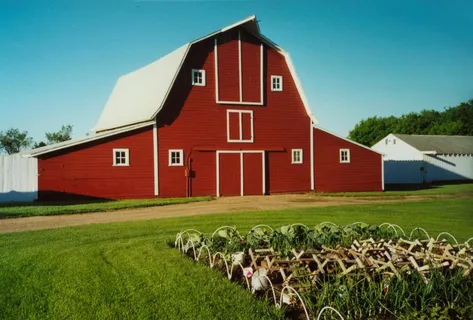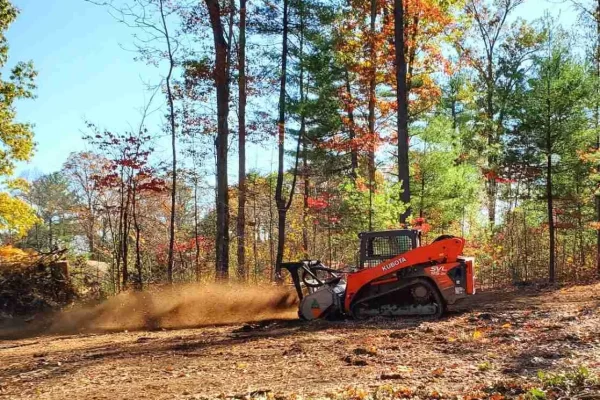The cold, rainy and windy weather around this time of the year makes many farmers or people who own agricultural buildings think about the insulation of their buildings and how to protect them from severe weather conditions. In this article we will discuss the importance of weatherproofing an agricultural building and how to achieve it.
Why Should You Protect Your Building from the Weather?
Whether you keep livestock, store agricultural machinery or operate a poultry farm, it’s important to protect your agricultural buildings from all weather conditions. Agricultural buildings are often damp and cold with a poor internal environment which can make them susceptible to the growth of bacteria and spread of infections and diseases. Protecting an agricultural building from temperature variances during different seasons and severe weather conditions can greatly improve the quality of environment in your outdoor building.
During the winter months in particular, moisture and condensation are common enemies that can wreak havoc with stored machinery and grain as well as livestock. Adding protection from the weather can help maintain a consistent temperature in winter and keep your building dry while also preventing excessive heat in the summer.
Considering most agricultural buildings are constructed using cement fibre or metal sheets, adding insulation can also help prevent structural decline due to severe weather.
How to Weatherproof an Agricultural Building?
There are many ways to protect an agricultural building from the effects of severe weather. If you have the budget to invest in complete internal insulation then it’s a great idea to insulate your building, however, there are cheaper options that will be just as effective at stopping drafts and moisture. Here are some of the common ways to weatherproof your building.
Roller Screens
Roller screens are spring operated and normally used above gates, walls or feed barriers to provide easy access while stopping different weather conditions and providing ventilation. Depending on the model they can have a locking mechanism to secure them in severe wind conditions.
Roller Doors
Roller doors are an economical and lasting solution to stop drafts from coming into your agricultural building. This type of door is sturdy, simple to operate and provides access to the full height of the opening to allow easy access for heavy farming machinery and equipment. This makes it ideal for general use agricultural buildings.
Trackscreens
This type of weather protection consists of a curtain screen system that not only protects your building from the weather but also provides ventilation for agricultural buildings with particularly wide openings. The screen allows access from both ends by operating on a track opening sideways with options to add additional sling posts.
Internal and External Insulation
Probably the best way to weatherproof an agricultural building is to insulate the building internally and externally. This can be done using different types of materials such as weatherproof membranes, expandable foams, fibreglass, natural fibres and more. Although insulating your whole building might seem a bit expensive to begin with, it could end up saving you money in the long run as it will protect not only your livestock and machinery but also your building.




